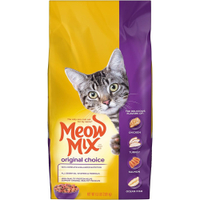What to feed a stray cat
Curious about what to feed a stray cat? Dr. Rebecca MacMillan gives us the scoop!
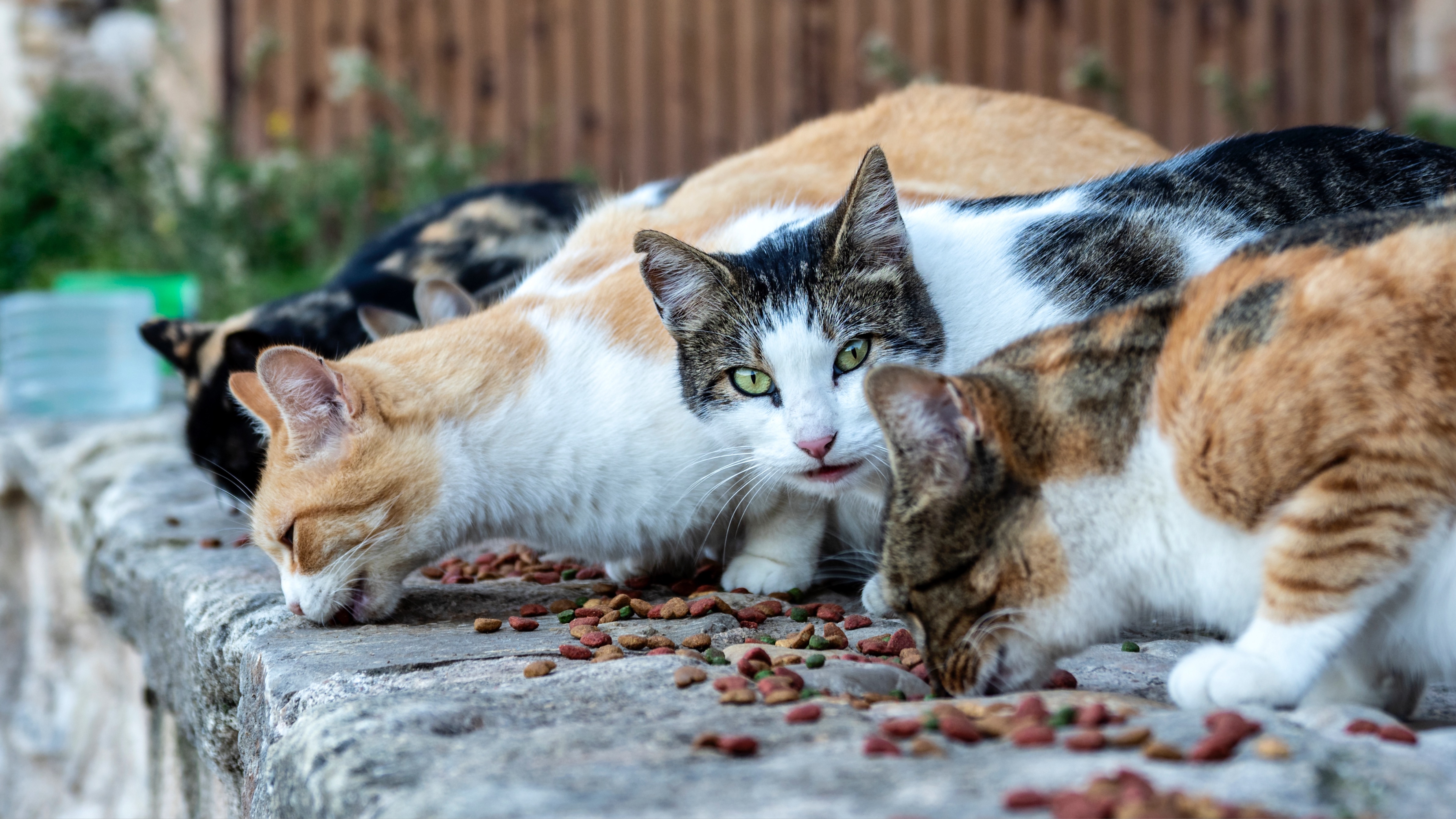
If you have a homeless feline paying you frequent visits, you may be wondering what to feed a stray cat.
While leaving out a bowl of the best cat food seems like the obvious choice, there are plenty of other nutritious items that will nourish your new fur friend if you don't have any kibble in your cupboards.
To find out which foods are safe to feed stray cats, we turned to expert vet Dr. Rebecca MacMillan. Below, she shares some of her favorite foods to give homeless cats, which ones you need to steer clear of, and where to take a stray cat if one turns up on your doorstep. Here's what she had to say...
What to feed a stray cat
1. Tuna: Is tuna good for cats? A lot of us wonder if this fishy dish makes for a safe snack for felines and the good news is that Dr. MacMillan says tuna in certain forms is suitable for stray cats.
"It is fine to offer a stray cat some tuna if it is canned with spring water, not brine or oil," she explains. "Too much salt and fatty oil is not good for a cat’s digestive system so it should be avoided. Pieces of fresh, cooked tuna are also fine to give if it is plain and unseasoned."
2. Chicken or beef: "Chicken is perfect to offer a stray cat. It is low in fat and highly digestible, so it shouldn’t cause them any tummy troubles. Lean beef, which is unseasoned, should also be ok in small amounts," Dr. MacMillan says.
3. Plain rice: If you have any plain rice in your cupboard that you can cook up for your feline friend, Dr. MacMillan says that's another nutritious meal that you can offer them — although whether they'll eat it is another matter!
PetsRadar Newsletter
Get the best advice, tips and top tech for your beloved Pets
"You can offer plain, cooked rice to a stray cat as it is highly digestible. However not all cats will want to eat it, so don’t be offended if your stray cat is not keen."
4. Eggs: Can cats eat eggs? The answer is yes, as long as they been cooked. "Cats can eat eggs if they have been thoroughly cooked," confirms Dr. MacMillan. "You could try some pieces of hard-boiled or some scrambled egg, as long as it doesn’t contain any seasoning or too much fat."
If strays visit you regularly and you want to feed them, it will probably be easiest to have a bag of cat food in the cupboard and this budget option will do the trick.
What do stray cats eat to stay alive?
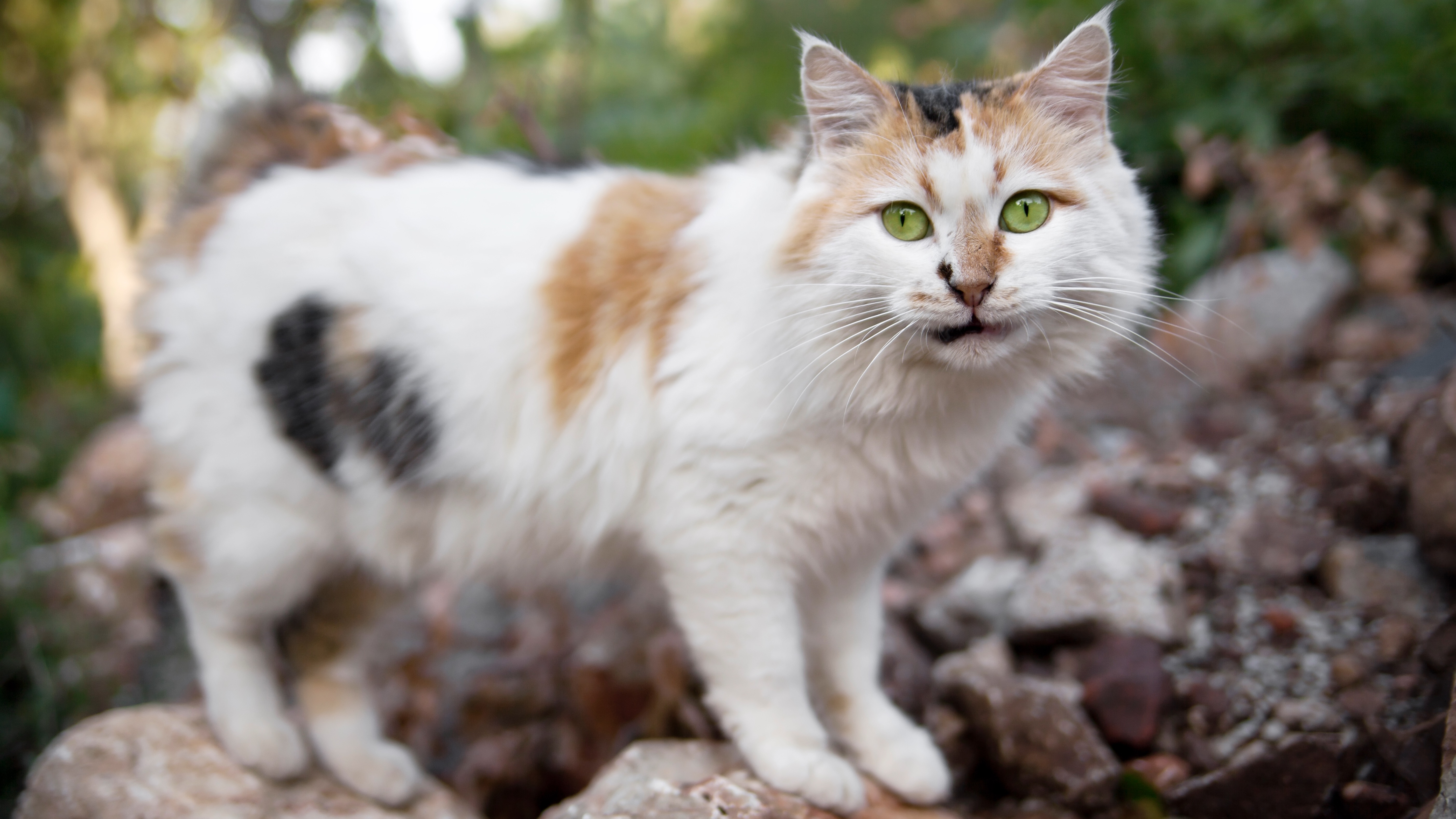
If you have a stray cat hanging around your home, it's only natural that you'd be feeling concerned about whether or not they have enough food to survive. So aside from the food they may be getting from you, what sorts of things do stray cats eat in order to stay alive?
"Stray cats will usually survive by hunting mice, rats, and birds," explains Dr. MacMillan. "However, they will often supplement this by eating human scraps, taking what they can find in the trash or discarded on the streets. Some stray cats will also venture towards people’s homes, eating from other pets’ food bowls or getting scraps that have been left out for them."
If you're worried about your stray fur friend not getting the nutrition they need, leaving out a bowl of cat food will ensure they're getting all the vitamins and minerals they need to survive.
Foods to avoid feeding a stray cat
When you think about feeding a stray cat, it can be tempting to consider putting out a saucer of warm milk but one of the little known facts about cats is that most of our feline friends are lactose intolerant. No matter how much your stray fur friend may enjoy the creamy stuff, Dr. MacMillan says it's best avoided.
"While it can be tempting to leave a bowl of milk out for a cat, you must resist," she stresses. "Milk can cause tummy upset in cats, particularly if they are not used to having something so rich and creamy. Many cats cannot digest milk properly so this could lead to issues like diarrhoea.
You should also avoid leaving fatty scraps out like bacon or meat rinds, which could again cause digestive upsets. Any food that has been heavily seasoned, processed, or cooked in large amounts of oil should be avoided. Also be aware that onions, garlic, raisins, and chocolate are potentially toxic to cats so avoid giving them any foods that contain these items."
We've often wondered if cooked vegetables could be offered to stray cats in a pinch, but Dr. MacMillan advises against it. "I wouldn’t advise offering a stray cat cooked vegetables," she says. "While technically fine, cats are obligate carnivores so most will be unlikely to eat vegetables keenly. It would be much better to purchase some commercial cat food and offer this to them instead."
Should you feed a stray cat?
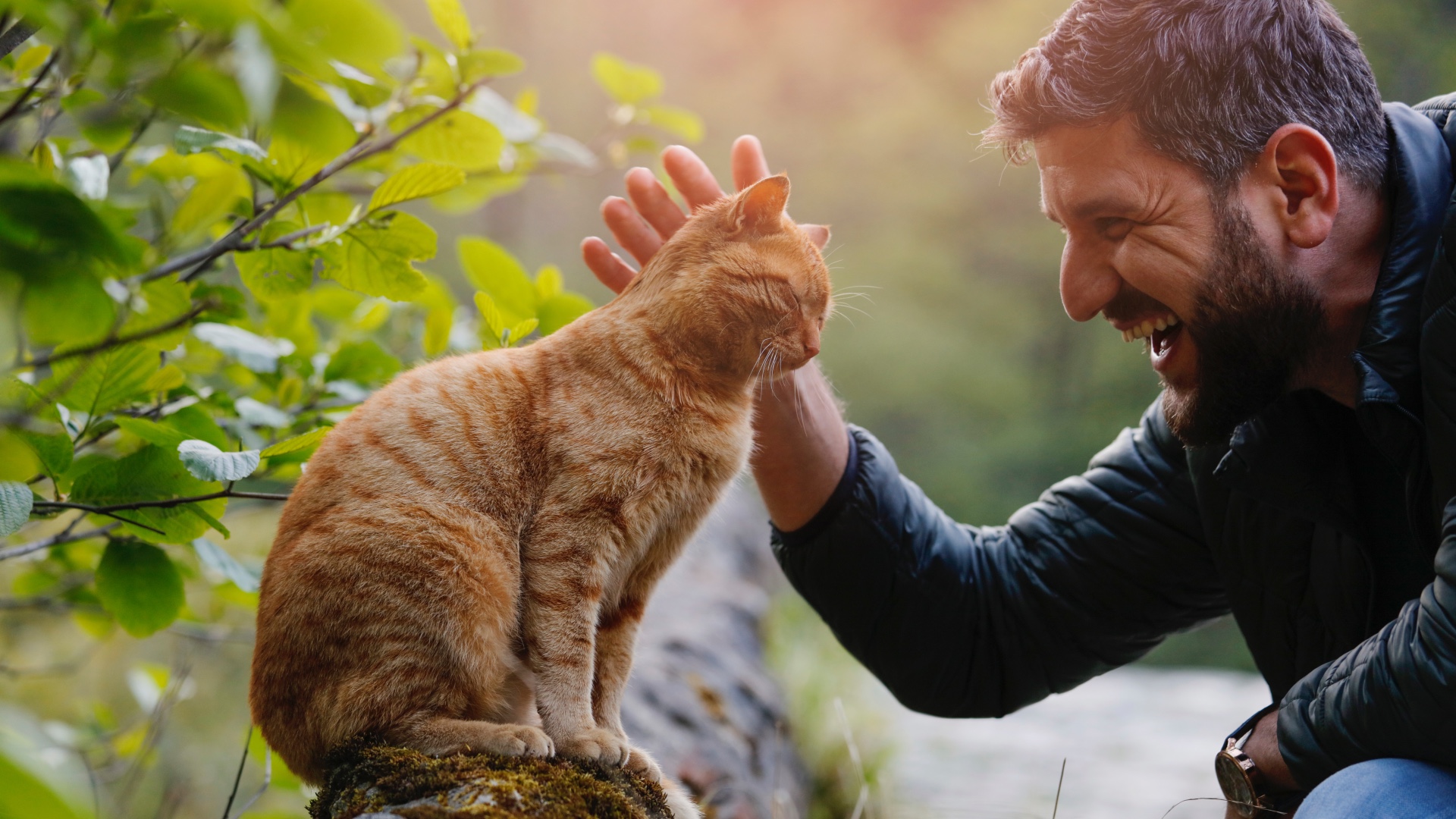
Stray cats really tug at our heart strings and we find it impossible not to pop out a bowl of the best dry cat food or the best wet cat food for them to nibble on. Thankfully, Dr. MacMillan says that feeding stray cats is not only okay, it's also the humane thing to do.
"If you are genuinely certain that the cat is a stray, then yes, it is always a kind act to offer a hungry animal some food," she says.
However, just be sure that the kitty in question is actually a stray and not a well-loved cat that's just very clever at charming food out of everyone in your neighborhood!
"Issues arise when the cat actually does have a home. Some cats may look thin or in poor condition due to medical complaints (such as hyperthyroidism or inflammatory bowel disease). In this case, feeding them could cause more harm than good, especially if they are on a special diet at home. If you are confident the cat is homeless and you choose to feed them, then be prepared that they might keep coming back!," Dr. MacMillan says.
How often to feed a stray cat
When it comes to how long can cats go without food, there's isn't a definitive answer, which is why Dr. MacMillan recommends feeding your stray kitty once or twice a day.
"Feeding a stray cat once or twice a day is usually sufficient for adult cats, but some people choose to leave down a portion of dry kibble all the time for them to graze as they please," she explains.
"You should try not to overfeed a stray cat. While it is tempting to give a hungry cat a big portion, it is much better to start with just a few small spoonfuls and increase this amount gradually. Some cats are not used to receiving large portions of food in one sitting, and their digestive system may not be able to handle it. Also leaving large portions of wet cat food or meat down can attract flies, especially in warm weather, and may go rancid."
Where to take a stray cat
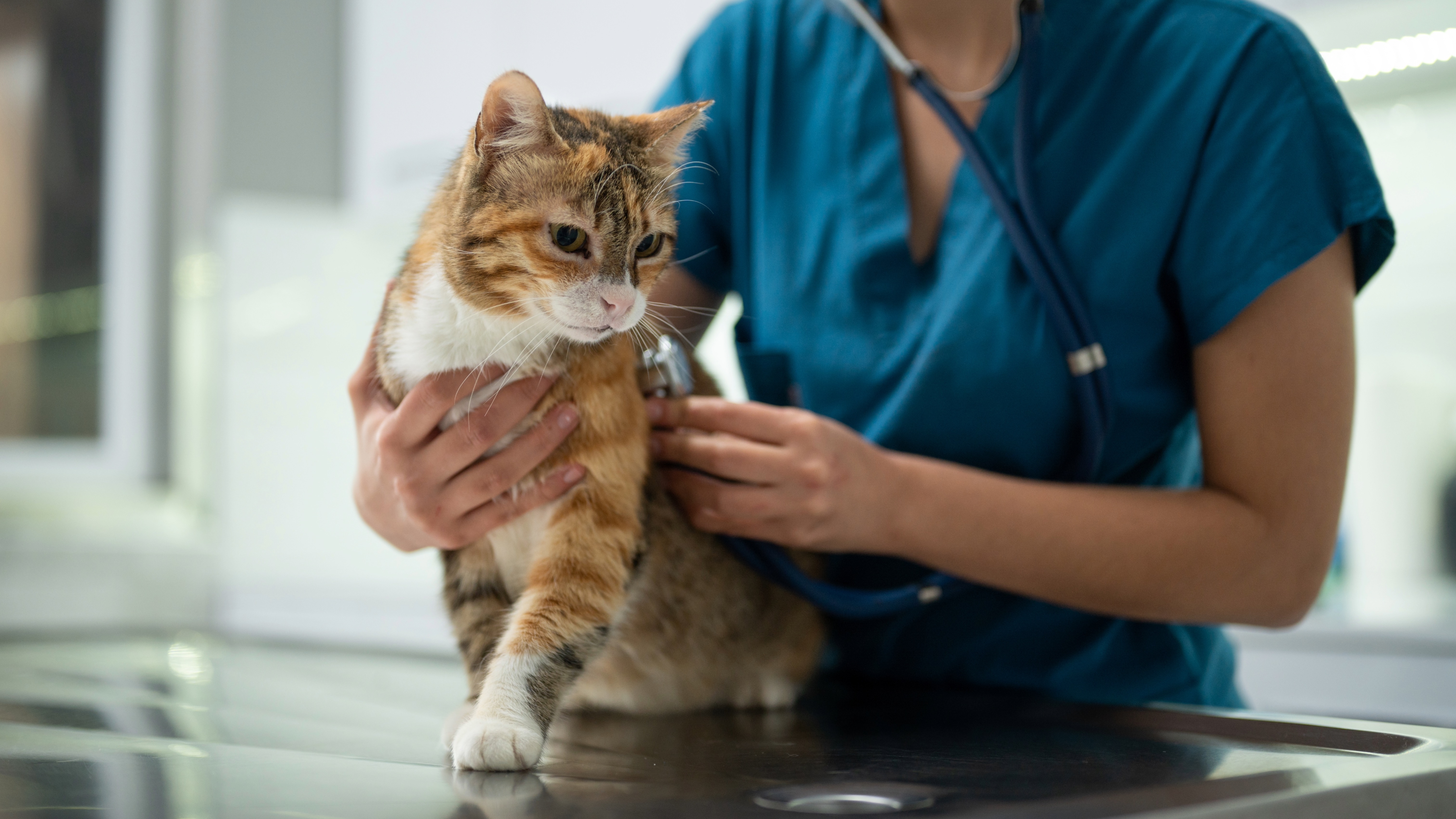
"The best thing you can do for a stray cat is to try and get them to a veterinary hospital or animal charity," Dr. MacMillan advises. "They can be scanned to see if they have a microchip present, which could lead to them being reunited with an owner if they are lost. They will also be checked over for any injuries and be able to receive necessary treatment."
If your new fur friend receives the all clear and they're without a microchip, you can have a think about whether or not you'd like to provide them with a permanent home.
There are so many reasons to adopt a cat (not least the immense amount of joy they bring to our lives) but we understand that it's also a big decision. Before welcoming a feline into your family you'll want to consider whether you have the financial means and lifestyle to be able to care for a kitty.
Looking for more great kitty content? We find out the answer to can cats taste sugar? Plus, have you ever found yourself curious as to what colors can cats see? We spoke to a vet to find out!
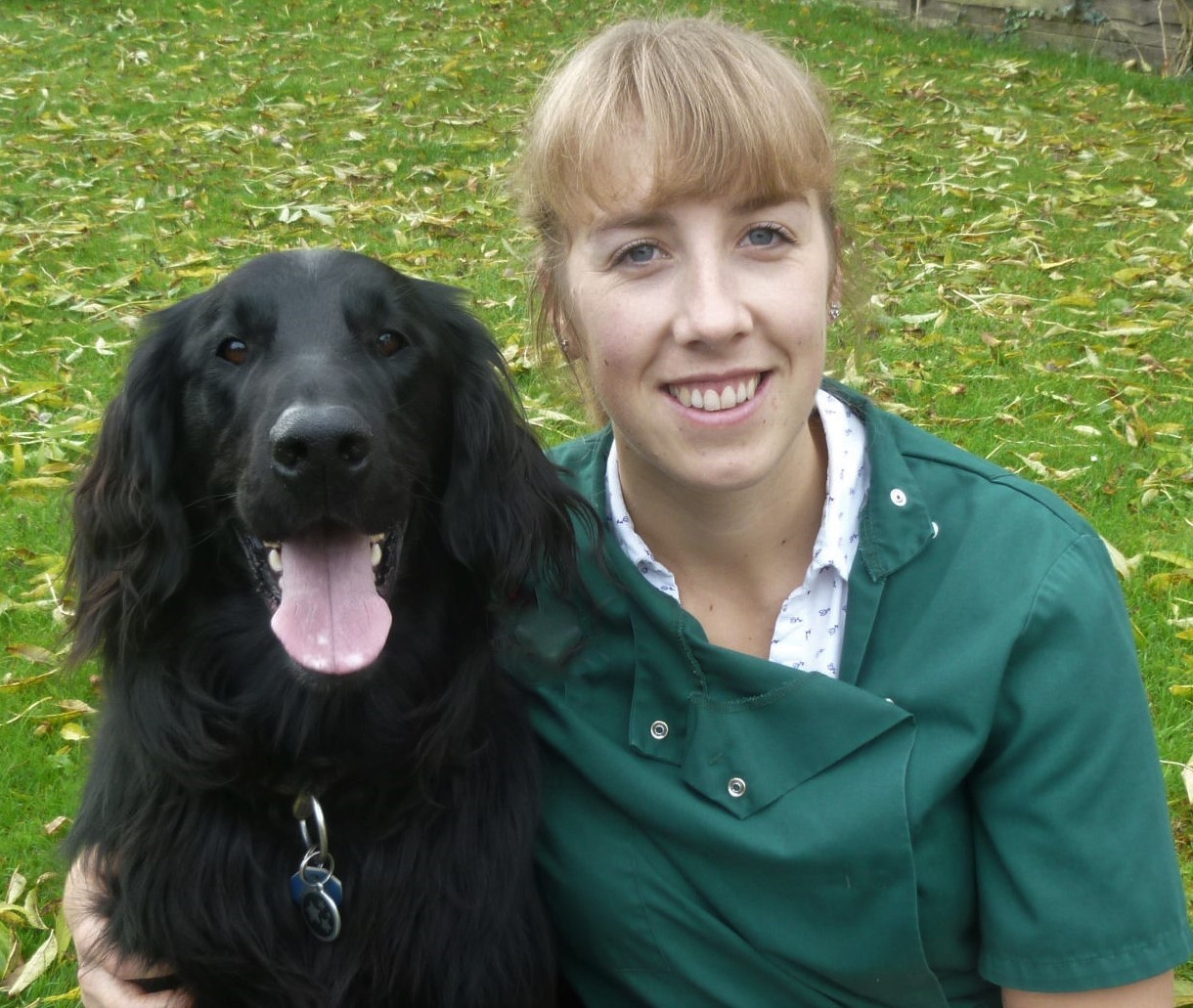
Rebecca is a vet surgeon who graduated from the Royal Veterinary College in 2009. She has a wealth of experience in first opinion small animal practice, having done a mixture of day-to-day routine work, on-call emergency duties and managerial roles over the years. She enjoys medicine in particular and she is proud to have recently achieved a BSAVA postgraduate certificate in small animal medicine (with commendation). She writes on various feline and canine topics, including behavior, nutrition, and health. Outside of work and writing she enjoys walking her own dog, spending time with her young family and baking!

Kathryn is a freelance writer who has been a member of the PetsRadar family since it launched in 2020. Highly experienced in her field, she's driven by a desire to provide pet parents with accurate, timely, and informative content that enables them to provide their fur friends with everything they need to thrive. Kathryn works closely with vets and trainers to ensure all articles offer the most up-to-date information across a range of pet-related fields, from insights into health and behavior issues to tips on products and training. When she’s not busy crafting the perfect sentence for her features, buying guides and news pieces, she can be found hanging out with her family (which includes one super sassy cat), drinking copious amounts of Jasmine tea and reading all the books.
